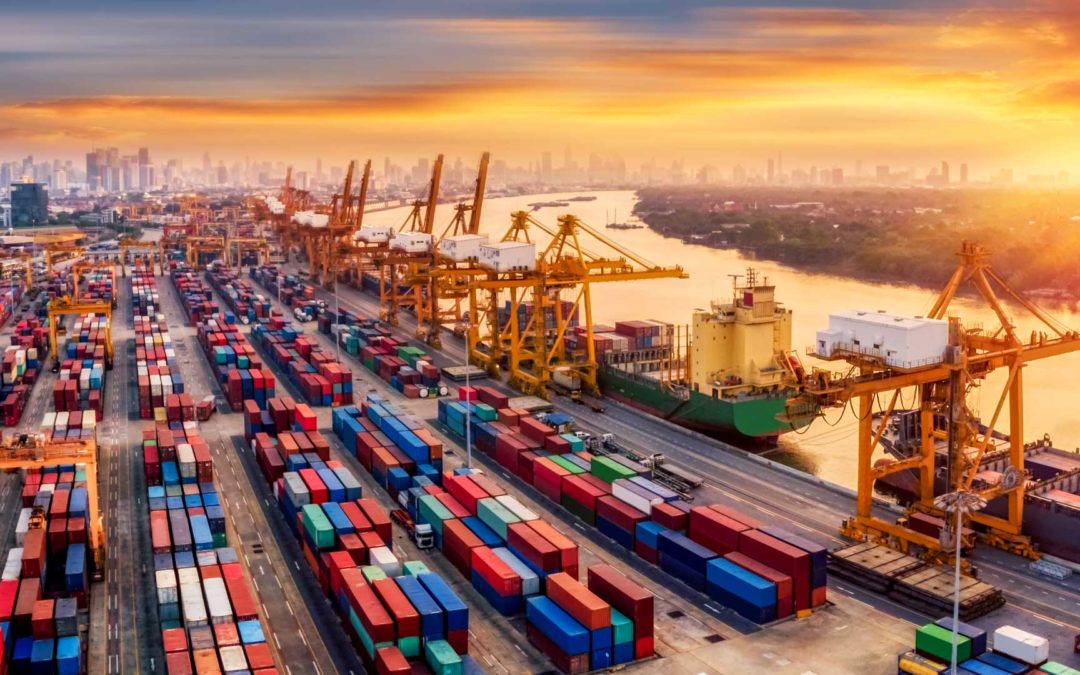In part II of this 3-part article series we outlined the 10 Things to Look for in Your New Transportation Management System. In this final article, we give you five great reasons why you shouldn’t put off upgrading to a modern, cloud-based TMS that was built with your business in mind.
The right transportation management system (TMS) platform does a lot more than just drive down shipping costs. Using complex algorithms, it also assesses the financials for every route, gives suggestions, helps cut fuel consumption, and factors in issues like drivers’ hours of service (HoS).
A modern TMS also integrates smoothly with existing systems that are essential for managing an organization’s transport needs, including purchasing and order management systems; warehouse management; customer relationship management; and supplier relationship management.
“This integration will enable the company to execute orders through the most cost-effective carrier,” The Network Effect points out. “It confers the advantages of better route planning and load optimization to the company. Simply put, planning and execution of orders will be better and quicker.”
Here are five more benefits that companies see when they adopt a new TMS or replace an existing one with a more modern platform:
- The power of automation. With labor expensive and difficult to find, automation is becoming table stakes for industrial manufacturers operating in the B2B space. According to The Network Effect, an automated TMS will save “precious time and money spent on bulky paperwork.” Plus, administration expenses will be reduced, incorrect billing or invoice errors minimized, and overall efficiency enhanced.
- Metrics, analytics, and key performance indicators (KPIs). That data can be used to make better decisions. In essence, a TMS paints a KPI/metric-based picture of the entire end-to-end supply chain, and all while sitting outside of the four walls of the enterprise and warehouse. It also interacts with trading partners in the value chain—vendors, customers, freight providers and carriers—thus creating a complete loop that logistics professionals can turn to as a reliable source of data and intelligence. “We’re definitely seeing more shippers harness this TMS capability,” says Capgemini’s Amit Sethi told Logistics Management, “and then use it as a good data source for how the entire supply chain is performing.”
- High levels of supply chain visibility. With TMS, manufacturers can monitor the lifecycle of orders and shipments in real-time and get status updates on each. This translates into accurate inventory forecasts, the publication adds, and improves the supply chain network’s overall accountability.
- A bird’s eye view of the end-to-end supply chain (on a single platform). The newest generation of TMS integrates across the supply chain, providing a bird’s eye view of the entire supply chain system. “Having this full operational visibility and access to real-time data from all systems is a huge plus,” The Network Effect “It enables managers to quickly act on any opportunities or resolve any issues that may arise.”
- Supply chain control tower capabilities. Because it oversees the entire shipping process, a TMS control tower can capture data about goods in real-time and then share that valuable data with all stakeholders (i.e., the manufacturer, distributor, and end customers). This allows companies to effectively unleashing the power of supply chain transparency to improve customer service, reduce operational costs, and automate business processes.
.jpg)
IntelliTransTMS is the only SaaS-based TMS that provides shipment execution and visibility across rail, truck, intermodal, barge, and ocean shipments. Whether you ship hundreds or thousands of loads a month, lowering distribution costs helps improve your bottom line. IntelliTransTMS reduces labor-intensive, time-consuming and error-prone business processes. From shipment visibility to invoice auditing and analytics, you have everything you need whenever and wherever you need it.
IntelliTrans’ Global Control Tower provides high levels of supply chain transparency; aggregates, completes, and enhances data from a variety of sources; offers visibility into and execution of different aspects of the supply chain; and generates data-driven alerts and analytics that ask deeper questions and deliver meaningful insights.
By leveraging tracking information, the Global Control Tower provides analytics that measures key performance indicators (KPIs) like fleet cycle time, origin/destination dwell time, lane and hauler performance, back orders, freight spend, load optimization, and more. With their rate, equipment, lease, tracking, and invoice data in a central repository that’s accessible 24/7, companies can position themselves for success in any market conditions.

